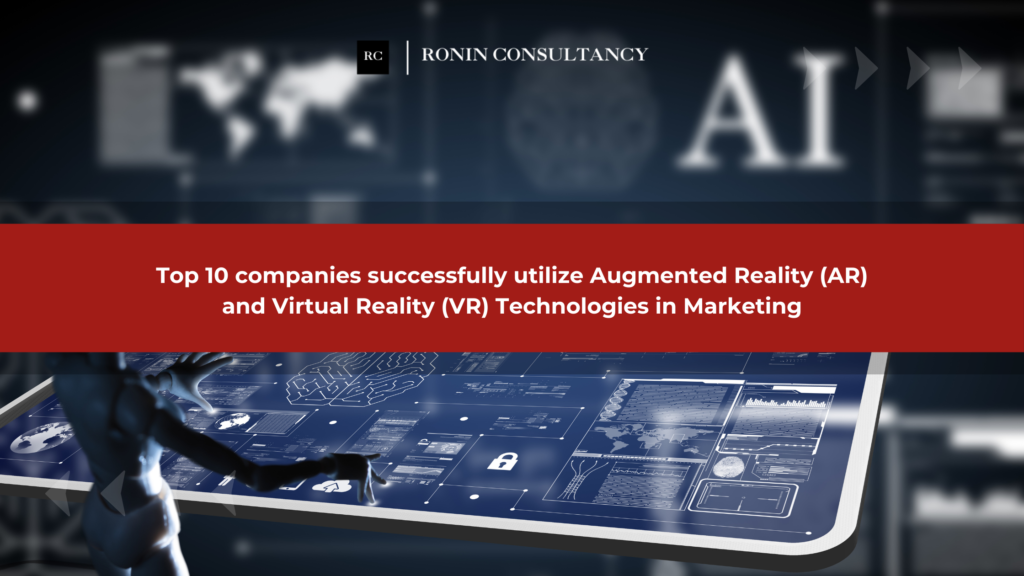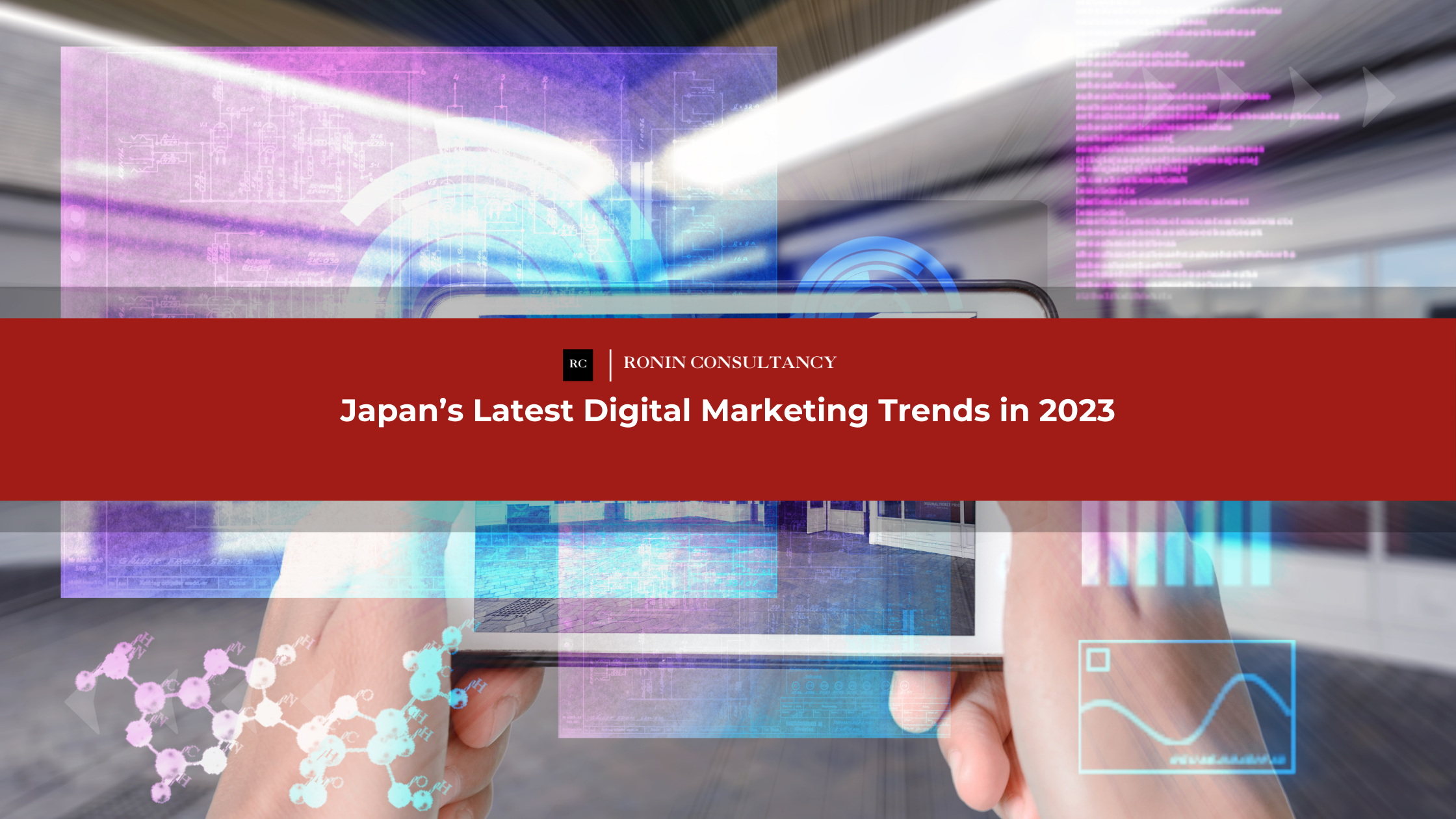Augmented Reality (AR) and Virtual Reality (VR) technologies have revolutionized the marketing landscape, offering immersive and interactive experiences to consumers. In this article, we will explore the top 10 companies that have successfully utilized AR and VR technologies in their marketing strategies, enhancing customer experiences and drawing attention to their brands.
1. IKEA:
IKEA developed The Place App, which allows customers to visualize furniture items in their homes using AR. By placing virtual furniture in real-time, shoppers can assess how the items will look and fit within their living spaces. This technology enhances the customer experience and helps them make informed purchasing decisions.
2. L’Oreal:
L’Oreal introduced reality-powered makeup try-on experiences using AR. Through mobile apps, customers can virtually apply different makeup products and see how they look on their faces. This interactive experience enables shoppers to experiment with various looks before making a purchase.
3. Apple:
Apple has successfully integrated AR technology into its marketing efforts. They offer AR Quick Look, allowing customers to visualize new iPhone and iMac models in their real environment before buying. Additionally, Apple has developed free apps like AR Spaces and AR effects in Snapchat, enabling users to create fun videos and experience virtual environments.
4.Warby Parker:
Warby Parker offers customers an AR-based try-on experience for eyeglasses and sunglasses. Through their mobile app, users can virtually try on hundreds of frames and see how they look on their faces. This feature eliminates the need for physical try-ons, making the shopping process more convenient and engaging.
5. Toms:
Toms implemented The TOMS Virtual Giving Trip, providing viewers with an immersive VR experience that takes them to schools where Toms donates new shoes. Additionally, Toms has incorporated VR technology in their stores, offering customers emotionally captivating experiences that align with their brand’s philanthropic mission.
6. BMW:
BMW has embraced VR technology in their marketing strategy by allowing car shoppers to customize their vehicles using virtual reality goggles. By using their smartphones, customers can enter a virtual showroom and explore different car colors and styles. This interactive experience enhances customer engagement and aids in the decision-making process.
7. Topshop:
Topshop introduced the TopShop VR catwalk experience campaign, enabling visitors to enjoy on-demand catwalk shows virtually. This immersive VR experience allows fashion enthusiasts to feel like they are attending a live fashion event, enhancing brand engagement and drawing attention to the latest trends.
8. Oreo:
Oreo utilized Google’s Cardboard headset to create an immersive VR experience for their customers. Viewers are taken on a virtual journey through milk rivers, cocoa mountains, and life-sized Oreos, showcasing the production process of their Filled Cupcake flavored Oreos. This creative marketing campaign enhances brand awareness and provides a unique, memorable experience.
9. Nike:
Nike incorporates AR and VR technologies in their physical stores to enhance the customer experience. Through AR scanning, customers can access product information and learn about the supply chain of their desired items, fostering transparency and increasing brand loyalty.
10. Sephora:
Sephora leverages AR technology to enhance the makeup shopping experience. Their mobile app allows users to virtually try on different makeup products, enabling them to find the perfect shades and styles before making a purchase. This interactive feature enhances customer engagement and streamlines the decision-making process.
These top 10 companies have effectively utilized AR and VR technologies in their marketing strategies, creating new, immersive, and interactive experiences for customers. By leveraging these technologies, they have successfully drawn attention to their brands, enhanced customer engagement, provided unique and memorable experiences that set them apart from competitors. As AR and VR continue to evolve, we can expect more innovative marketing campaigns in the future.



